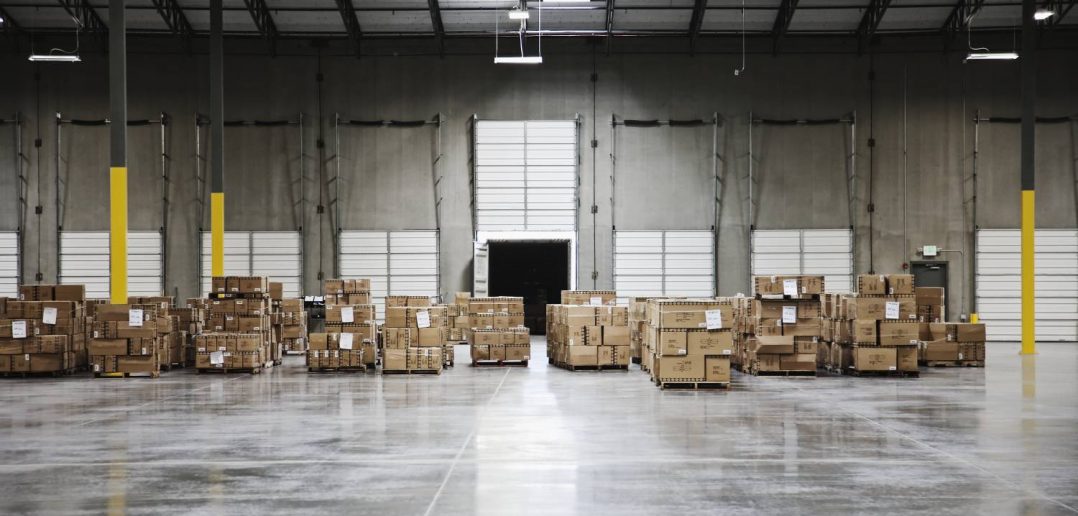Consumers are pulling back and shifting their purchases in the wake of inflationary pressures caused by high prices for fuel, freight costs, consumer goods and nonessential products.
Demand is shifting faster than many retailers and consumer goods companies anticipated. Inflation continues to rise forcing consumer spending to shift once again to necessities like food and gas and any leftover disposable income is being spent on travel and eating out. Older inventory management systems are struggling to keep up.
The pandemic caused major shifts in buying patterns creating higher demand for some items and lower demand for others. Retailers underestimated how quickly this shift would take place. This sudden change in consumer spending has left stores with excess inventory that will need to be marked down, affecting future profits.
This situation harmed the 2022 second-quarter performance of retailers such as Walmart and Target, who have been experiencing increases in sales but a decline in quarterly net income.
As a result, Target is canceling orders from suppliers (particularly for home goods and clothing) and it's slashing prices to reduce excess inventory ahead of the critical fall and holiday shopping seasons. Walmart watched inventory levels jump by almost one-third in the first quarter. It canceled billions of dollars in orders and slashed prices on items such as apparel. In the second quarter, it reduced the number of shipping containers in its system by half to match stockpiles with demand and inventory growth slowed to 25%.
From a category perspective, food and beverage, beauty and household essentials were stronger for retailers as consumers rapidly adjusted their budgets to deal with local pandemic surges. Now consumers are again readjusting buying patterns in response to inflation and rising fuel prices forgoing purchases of non-essential products.
Here’s how excess inventory hurts retailers’ business
Retailers are facing “inventory bloat.” It’s trending across all levels of retail, as well as consumer goods companies. The phenomenon is simple, companies have so much inventory that they can't sell it, as consumer demand shifted based on current economic conditions. This situation is creating short and long-term challenges and financial implications. Here are some ways excess inventory can hurt retail businesses.
- Increases costs for storing and managing excess inventory over a longer period.
- Degrades the customer experience, by cluttering the sales floor and by hampering the ability to present new, fresh and sought-after items. This presents an “ongoing burden” to the supply chain and store teams, as they are distracted by working around the excess inventory day after day.
- Reduces the ability to increase inventory in growth categories, such as food and beverage, beauty and essentials and back-to-school items.
- Reduces the ability to prepare for expected strong demand for items focused on seasonal events such as Halloween and other fall and winter holidays.
- Bogs down the supply chain.
6 tactics for fine-tuning inventories
Retailers and consumer goods companies realize that inventory excellence requires a combination of trade-offs in the design of products and supply chain networks to achieve well-organized planning, effective collaboration and execution.
The inability to sense changes in demand is one of the critical obstacles affecting inventory performance for retail and consumer goods companies. Demand volatility is an externality and, on the increase, requires demand-shaping tactics developed collaboratively with the commercial organization. Here are a few tactics retailers can take to improve inventory performance.
- Implement short-term demand sensing (1-to-12-week forecasts) including a near-real-time demand signal using point-of-sale (POS) data and available inventory, as part of comprehensive demand management. Craft vendor-managed inventory (VMI) relationships that improve demand visibility and foster joint-value creation with key partners.
- Invest in an inventory optimization solution to automate and optimize the inventory management process, and ensure the right inventory level is in the right place while maintaining high margins and avoiding excesses and shortages.
- Multi-echelon inventory optimization to calculate optimal inventory levels and replenishment policies based on user-specified constraints such as required lead times, costs and targeted service levels across the entire supply chain network. Enable single, dual, or multi-echelon inventory optimization to help stock the right products at the right locations in the right quantities without creating excesses throughout the network.
- Auto leveling: Often, inventory is overstocked at one location and must be moved to other sites over some time to cover demand. This type of inventory leveling is often an ad hoc process identifying where inventory is on a scheduled basis. With auto leveling, the system automatically levels (balances) inventory across the supply chain network to meet current demand.
- Inventory scenario planning: Proactively identify inventory risks and opportunities by simulating changes and balancing trade-offs. Reduce inventory levels across categories while maintaining metrics like on-time delivery in full (OTIF).
- Inventory dashboards: Easily monitor and understand trends and exceptions (alerts) with intuitive, interactive dashboards.
Retailers around the world are improving their supply chains with inventory optimization - including Magasin Du Nord and Travis Perkins.
Magasin Du Nord one of Denmark’s most famous department stores relies on SAS® Inventory Optimization and forecasting to automatically receive sales and stock data and automated replenishment for all its stores. This allows merchandisers to focus on the customer keeping pace with demand and supply.
SAS is helping Travis Perkins optimize inventory across their huge branch network by providing deeper insights into the demand for individual products at a very granular level. Allowing them to optimize their inventory to meet customer demand putting their limited store space to the best possible use, while avoiding excess inventory and delivering a stellar customer experience.
Inventory management plays a critical role in balancing the benefits and disadvantages associated with surplus inventory.




